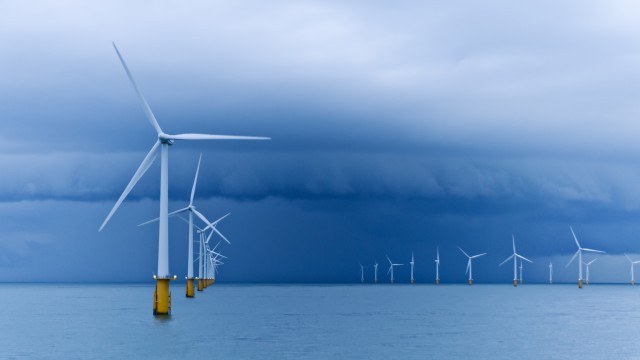Pinch me, I must be dreaming!
Published November 2016
No, this is not a reaction to the U.S. election, but rather today’s announcement of the winning bid for the Kriegers Flack offshore wind farm (Vattenfall).
The last 6 months has seen several shock announcements on winning bids for offshore wind tenders across Europe, with €72.7/MWh for Borssele 1 & 2 through to today’s €49.9/MWh for a windy Baltic site (both excl. electrical transmission). With the UK Government announcing the date of the next CfD round, we ask the question, “How are project costs tumbling so quickly, and more importantly, will we see this trend in the UK?”.
So, lets tackle the hard question first: How?
At Everoze we’ve seen three principal drivers:
1. Wind turbine prices – competition is now fierce in the 7-8MW turbine market. Suppliers are keenly aware that at 45-50% of project CapEx, they operate a key lever in reducing costs, and these tender rounds offer a firm delivery pipeline for their technology. Suppliers with less efficient wind turbines (i.e. smaller rotors) or less proven technologies are pricing accordingly. We are also seeing experienced developers/operators take on more of the operation risk (shorter warranty periods, more hands-on maintenance approaches, etc.). This takes a good chunk of risk premium out of turbine pricing.
2. Foundations – the recent tenders have all benefited from some advances in monopile technology over the last couple of years, which has seen monopiles jump from around 4-5m to ~8m diameter, capable of supporting 7-8MW machines in 40m depth. If you can stick with a monopile, it has knock-on cost benefits as turbine scale increases. These innovations are yet to find their way into a CfD project in the UK, the first two winning projects both adopting more expensive jacket foundations.
3. Return on Investment – we are seeing some very low expectations on project return (6-8%). As the perceived risk profile of offshore wind as an asset class reduces, developers are able to bring very cheap equity or debt into a project, at an increasingly early stage. These investors are happy to accept lower but more stable returns as means of diluting their exposure to somewhat jittery, geo-politically sensitive, commodity-driven markets. Consequently, developers can increase the return on their share of the project.
But what’s of further interest here is the changing business model from developer-owner to developer-operator. Investors are more commonly being presented with opportunities to invest in projects where the developer is building and operating the asset – charging a premium to minimise risk. The developer improves the profitability of their wider business through these secondary revenues, while the investor accepts a lower, less-risky, return.
So, on to the easy question, or is it….. Will we see these prices in the UK next year?
Probably not.
How can we be so sure? Well, in the first instance, you cannot compare sites directly. You may be able to secure a Baltic Site at €49.9/MWh, but that doesn’t necessarily map across to UK site conditions. Secondly, the Danish & Dutch governments have largely de-risked these projects by undertaking a lot of the early stage and expensive investigative works. More importantly, they’ve ensured that projects will have the best chance of realisation. More recently, we’ve seen in the UK that developers must overcome three hurdles, 1. site award, 2. consent & 3. CfD award, and even this may not guarantee that the project is realised. Developers will want a return that matches the risk they are taking to get a project away in UK waters.
That being said, we would hope to see dramatic price reductions next year, as cost reductions in the supply chain, improved economies of scale and technical improvements bring costs down. We may not see subsidy-free offshore wind power next year, but we’ll be well on our way.
Or am I dreaming……






